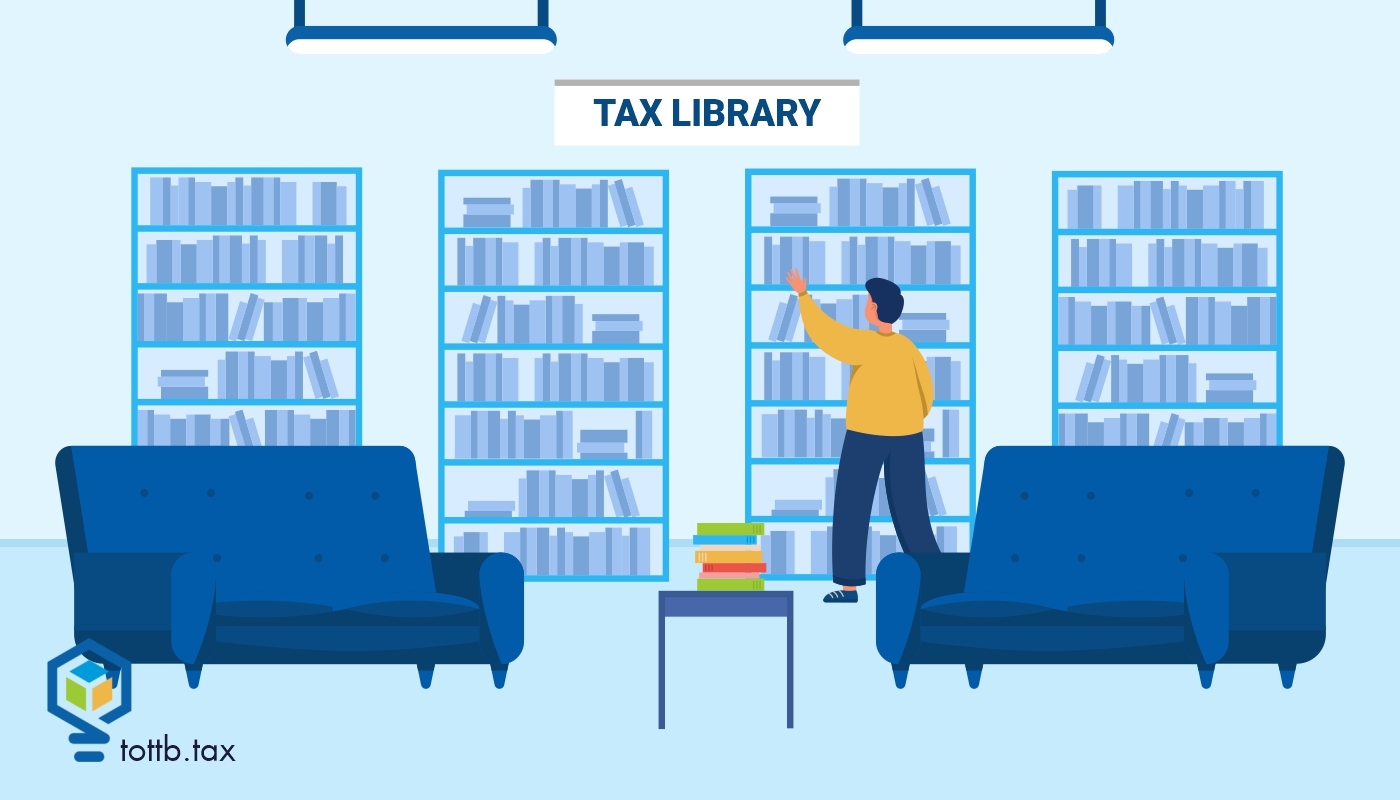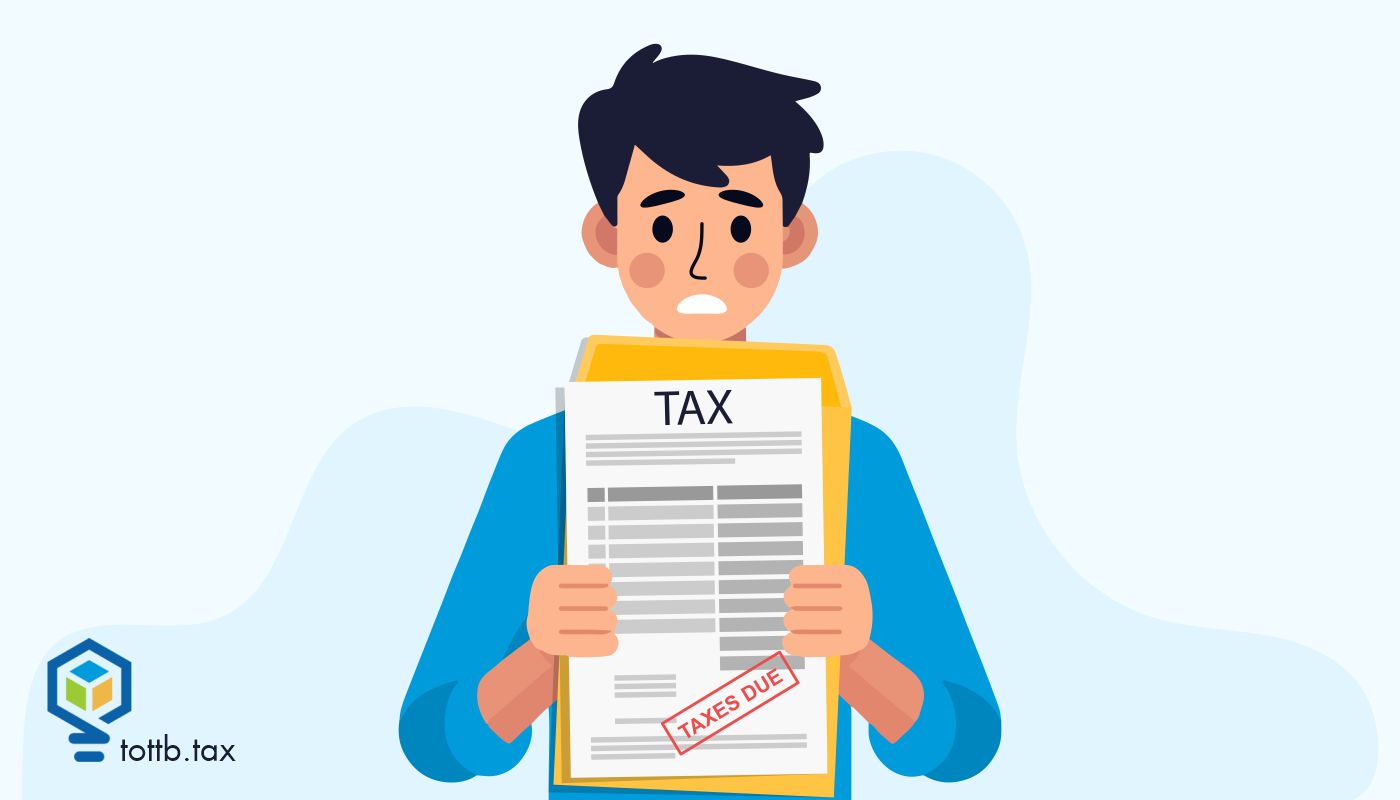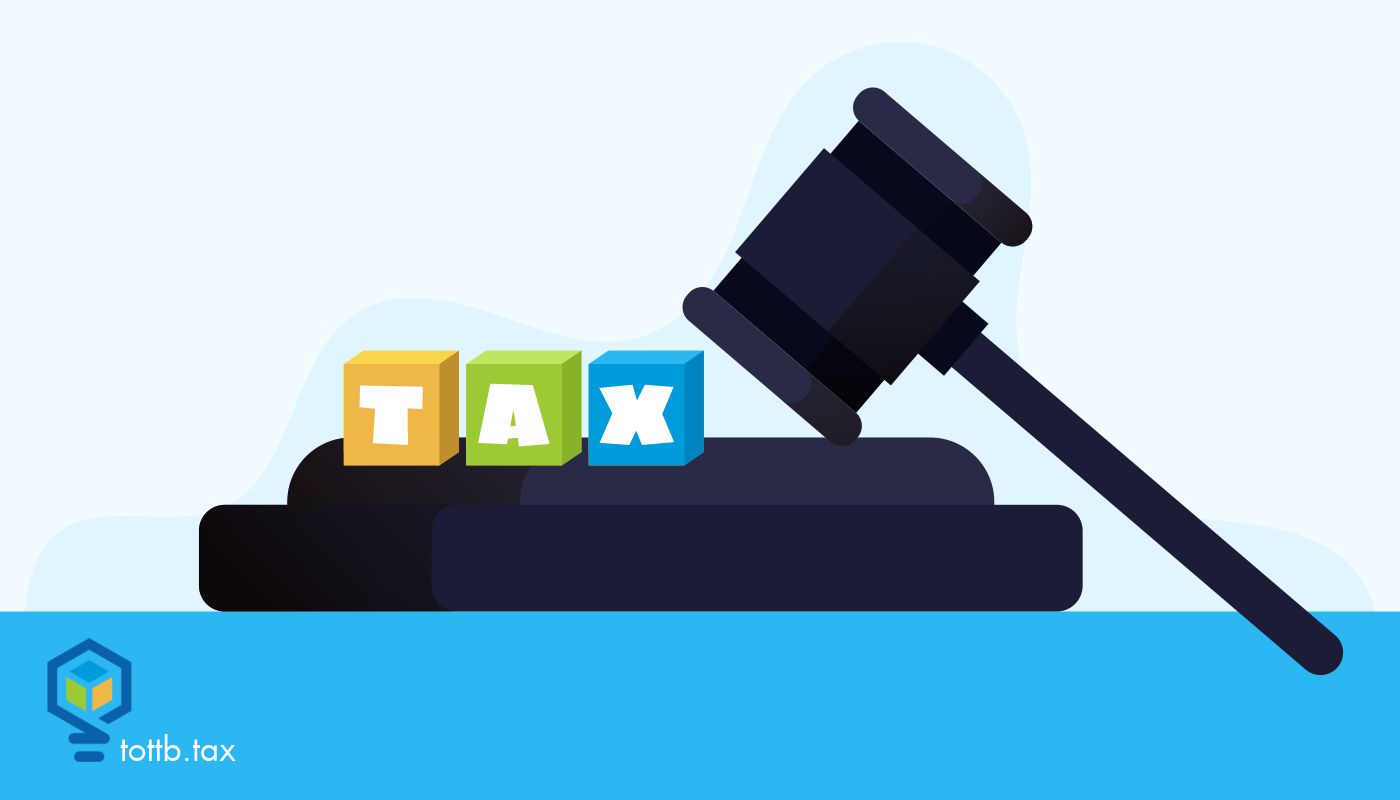The tax research process continues to grow increasingly complex for numerous reasons. This article notes several of these reasons and offers tips for your tax research process to be sure you have the latest appropriate guidance for answering tax questions and taking properly supported positions on tax returns.
Lots of non-binding, non-authority guidance
Various terms might describe explanations of the tax law from the IRS and Treasury. For example, regulations can be proposed, temporary, or final, as well as regulatory or interpretive. To avoid both a substantial understatement of tax and preparer penalty, we need to check whether a position taken on a return has “substantial authority.” Treas. Reg. Section 1.6662-4(d)(3)(iii) lists what is “authority.” It does not include Chief Counsel Advice (CCA), items only available on an IRS website, and FAQs, even though the IRS regularly releases these items.
The types of “guidance” the IRS issued in the 21st century is different from what it released in the last century. For example, compare the variation in numbers of items published in the weekly Internal Revenue Bulletin (IRB) for 1980 (per the 1980-2 Cumulative Bulletin) and 1990 (per the 1990-2 Cumulative Bulletin) versus 2022 (per listing maintained by A. Nellen). The differences likely stem from greater use of FAQs and CCAs today.
Year | Revenue Rulings | Revenue Procedures | Notices |
1980 | 367 | 60 | 11[1] |
1990 | 112 | 65 | 75 |
2022 | 24 | 39 | 61 |
The difference in quantity and types of guidance is significant because per Reg. 601.601(d)(2)(ii)(a), the “Internal Revenue Bulletin [IRB] is the authoritative instrument of the Commissioner of Internal Revenue for the publication of official rulings and procedures of the Internal Revenue Service, including all rulings and statements of procedure, which supersede, revoke, modify, amend, or affect any previously published ruling or procedure.” The IRB publishes regulations, revenue rulings, revenue procedures, and notices, while CCAs, private rulings, and FAQs are not.
Another example of changes in what the IRS issues involves Technical Advice Memorandum, (TAM) which a Revenue Agent or Appeals Officer sometimes issues with a technical question and seeks advice from the IRS Office of Chief Counsel (see Rev. Proc. 2023-2 for details on the process). TAMs are a type of “authority” under Treas. Reg. Section 1.6662-4 while CCAs are not. Today, we are more likely to find CCAs and similar items the IRS National Office issues that are not “authority.” For example, CCA 202323005 on a FICA tax question an IRS Area Counsel requested to respond to the employee’s “request for assistance.” Also, relevant to note about a CCA versus a TAM is that the procedures for issuing a TAM include obtaining input from the taxpayer.
Similarly, we see lots of FAQs from the IRS that are also not in the “authority” list at Treas. Reg. Section 1.6662-4. A procedural change the IRS announced in October 2021 provides that FAQs related to recently enacted law changes or emerging issues will likely be released through an information release (IR), which is authority (IR-2021-202). But the IRS does not release most FAQs in this manner or released them before this procedural change.
We should certainly still read and consider IRS releases that are not authority. Generally, these items cite and rely upon binding authority such as the IRC, regulations, and items published in the weekly IRB.
When you find an item from the IRS such as an FAQ not released as an Information Release (IR), a CCA, or an Information Letter that seems to answer your tax question, your next step is to go to the IRC sections, regulations, and other binding authority cited in the release. The IRS must review that binding guidance to see whether it reaches the same result as in the non-binding information and, if yes, apply that binding guidance to support your return position. If you can’t find binding guidance, which may be the case with a small number of FAQs, you need to determine what position provides substantial authority (if any) or at least a reasonable basis with disclosure to avoid penalties. It is still a good idea to note the non-binding item in your file documentation.
Challenges of finding relevant guidance
Sometimes, binding guidance might not be where we expect to find it. Here are three problem areas and tips to deal with these challenges.
First, particularly for a good number of tax law changes enacted due to the pandemic, the rule might not be in the IRC but only in the public law. For example, the CARES Act (P.L. 116-136; March 27, 2020), which created Paycheck Protection Program loans, did not include an IRC provision for the tax treatment of the forgiven PPP loan. Instead, the rule for the tax treatment of a forgiven PPP loan is only in the CARES Act (SEC. 1106(i). The rule is not at IRC Section 108 on exclusions for certain cancellation of debt income.
Tip: If you can’t find an item you know exists, check the text of the Public Law.
Second, IRS guidance might not be in regulations even for IRC provisions or practice areas that have been around for a few years. We should also check for revenue rulings, revenue procedures, and notices from the IRS. One example is the variety of guidance on virtual currency, which is in notices, a revenue ruling, FAQs, and a few CCAs. Another example is the safe harbor for certain rental real estate and its treatment under IRC Section 199A on the qualified business income deduction. While there are extensive regulations for this QBI deduction, the optional safe harbor that some owners of rental real estate might want to apply is in Rev. Proc. 2019-38.
Tip: Use daily and weekly tax update resources to highlight various types of guidance relevant to tax areas you spend a lot of time on. Be sure to have access to a commercial tax research tool to help find all relevant guidance in addition to the IRC and regulations.
Third, regulations might not be in a logical order based on topic and sub-topic, and some regulation citations and titles might lead us to think that is the only guidance on the particular topic. The following are two examples of this challenge and a tip to avoid the problem.
- Interest tracing regulations: Treas. Reg. Section 1.163-8T was issued on July 2, 1987 (D. 8145).[2] The IRS later modified and expanded some of the guidance in these temporary regulations via notices, such as Notice 89-35. For example, Treas. Reg. 1.163.8T(c)(4)(iii)(B) provides a special rule that allows a borrower who deposits debt proceeds into a bank account to pretend that the borrowed funds were for any expenditure from that account made within 15 days after depositing the debt proceeds. Notice 89-35 modified this rule to make it a 61-day period, comprised of the day of the deposit and the 30 days before and after that date and allows the borrower to consider an expenditure made from any account during this 61-day period as paid with the debt proceeds. This rule increases the likelihood of the borrower classifying the interest expense favorably.[3]
Consider Amy who borrowed $10,000 on July 1, 2023, with the debt proceeds deposited into her checking account and used the next day to pay her credit card debt. On June 24, 2023, Amy also sold $12,000 of Disney stock from her brokerage account and used the proceeds to purchase Oracle stock. Under the rule of Notice 89-35, Amy can take the position that she used the debt proceeds to purchase the Oracle stock making the interest expense investment interest rather than non-deductible personal interest.
On January 19, 2021, the IRS issued Treas. Reg. Section 1.163-15 that includes the special 30-day/any account tracing rule of Notice 89-35. The preamble to this regulation (T.D. 9943) states that the rule at this regulation comes from Notice 89-35, which remains in effect because that notice includes other modifications and expansions to the interest tracing regulations that the IRS is still working to finalize (likely to be published at Treas. Reg. 1.163-14).
Treas. Reg. Section 1.163-15 states that it modifies Treas. Reg. Section 1.163-8T(c)(4) and (5). But consider the problem this sequencing presents. That is, once the tax adviser has read Treas. Reg. Section 1.163-8T(c)(4) and found the 15-day special tracing rule, why would they even think that there is a modification to it at Treas. Reg. Section 1.163-15? Adding to the challenge is that the IRS issued this regulation as part of the regulations under the Tax Cuts and Jobs Act changes at IRC Section 163(j), which is not directly related to interest tracing. So, why would anyone even think guidance on a 2017 law change would include a modification to a 1988 regulation?
- The Tax Cuts and Jobs Act made several changes to IRC Section 274 such as disallowing most entertainment expenses. The IRS issued regulations on these changes at Treas. Reg. Sections 1.274-11 and 1.274-12 (D. 9925; Oct. 9, 2020). The new regulations include Treas. Reg. Section 1.274-11(b)(1) defining entertainment. However, Section 274 has been in the IRC since 1962 and long ago the IRS issued Treas. Reg. Section 1.274-2(b)(1) defining entertainment.
The guidance challenge here is once the tax practitioner finds the definition of entertainment at Treas. Reg. Section 1.274-2(b), why would they think to look for an updated definition at Treas. Reg. Section 1.274-11? Why didn’t the IRS just replace the old definition with the new one? The answer is not clear. But for those who read preambles to regulations (which is a good idea if you really want to become an expert in any particular area), the preamble to T.D. 9925 states:
Taxpayers may, however, continue to rely upon the existing rules and examples in Section 1.274–2 to the extent they are not superseded by the TCJA or other legislation and are not inconsistent with the final regulations.
Tip: To avoid missing the latest in regulations, including modifications to longstanding regulations, be sure that whenever you use regulations, you read the title of each regulation for that IRC section. For example, read the headings of Treas. Reg. Sections 1.274-1, 1.274-2, etc. Doing so for research on the meaning of “entertainment” would lead to these findings, which should reduce the problem of overlooking a relevant regulation:
- Reg. Section 1.274-2, Disallowance of deductionsfor certain expenses for entertainment, amusement, recreation, or travel
- Reg. Section 1.274-11, Disallowance of deductions for certain entertainment, amusement, or recreation expenditures paid or incurred after December 31, 2017
Delayed regulations and effective dates
It is common to see tax legislation become effective in just a few weeks or months after enactment. For example, the president signed the TCJA into law on December 22, 2017 (P.L. 115-97), and most provisions were effective starting in 2018. This does not leave much time for the IRS to issue guidance to help in understanding and applying the legislative changes.
When regulations finalize more than a year after enactment of IRC changes, the prohibition on retroactive regulations at IRC Section 7805(b) means a later effective date for the regulations. However, we must remember that if the regulations explain what the statute provides, the effective date of the statute applies, not a later date in the regulations.[4]
Conducting smart tax research
No doubt, tax research becomes more challenging with every tax legislative change as well as when new types of transactions and assets come into existence, such as decentralized finance and digital assets. It is important to be sure we have consulted the highest levels of authority, namely the IRC and regulations, but also to consider non-binding information, particularly any binding authority it cites and relies on. We must also consider all the regulations that exist for an IRC provision to be sure we have not overlooked anything.
Commercial tax resources are a significant help in the tax research process to prevent us from overlooking a relevant authority or interpretation. And having a research process we regularly follow, hopefully enhanced by any ideas from this article, is also important to reaching an appropriate and properly supported answer.
NOT A SUBSCRIBER?
Interested In Tax Reducing Strategies for Your Clients?
At Think Outside The Tax Box, every two weeks we bring you new tax reduction strategies by leading industry experts, carefully explained and exhaustively researched. We are a reliable source to help you keep up with the changes and breaking news in the tax world.
Need to know a little more before you subscribe? No problem. Here’s what you get…
The Newsletter – Two Times Per Month!
On the first and fifteenth of each month we post the newsletter to our website featuring a variety of new, exclusive articles. Our articles are written by some of the most recognized and reliable tax professionals in the industry who bring decades of knowledge and experience to their craft. In addition, every single article is over seen by Editor-In-Chief, Dominique Molina CPA, MST, CTS, the visionary mastermind responsible for eight best-selling tax books and the driving force behind the American Institute of Certified Tax Planners!
Around the Tax World – Two Times Per Month!
Twice per month, along with a sneak peek of the next newsletter, we send out our “Around the Tax World” email feature. This curated, concisely written feature acts as your own personal aggregator of all the news happening in and around the world of tax. Your days of endless scrolling and combing the internet for the tax stories of the day end now because we’re doing that work for you!
Live Webinars – Every Quarter!
Every few months, we bring our subscribers a free, live webinar to help educate and inspire them on all things tax! These webinars feature a wide variety of excellent speakers and topics, are 100% exclusive, and include continuing education credits for those who qualify! (For Annual subscribers only – make sure to check out the “Exclusive Bonus” section of the site to see all the recordings of past webinars!)
Private Facebook Group – Join the Community!
Our free private Facebook Group serves as a community for subscribers to engage with one another, ask tax planning questions, enter our quarterly contests, and engage with your favorite authors in monthly Q&As! Click the button below and request an invite to get in and join the (tax) fun!
Client Alerts – Twice Per Month!
As a tax professional, are you looking for ways to educate and engage with your clients on a regular basis? We’ve done the work for you! Look for the downloadable “Client Alert” attached to at least one article per newsletter. These “Client Alerts” are yours to openly share with your clients and associates!
Infographics
Sometimes, a picture is worth a thousand words! Our crack graphic design team is constantly on the lookout for ways to improve articles by including helpful informational graphics and, best of all, the infographics are always downloadable and shareable!
Thanks!
On behalf of the entire team here at TOTTB, thanks for considering us as part of your regular tax planning education. We hope to see you again soon!
[1] The notices published in 1980 were generally only a few paragraphs long, unlike notices issued in 2022 which were often a few pages long.
[2] Because this temporary regulation issued before November 20, 1988, it is not subject to the three-year expiration date for temporary regulations issued after that date (Section 7805(e)). See SEC. 6232 of the Technical and Miscellaneous Revenue Act of 1988 (P.L. 100-647; Nov. 10, 1988).
[3] This example also illustrates the earlier challenge that sometimes guidance is not where we might expect it such as a notice modifying a regulation rather than the IRS re-issuing the regulation to include the new guidance.
[4] Argo Sales Company, Inc., 105 TC 86 (1995) where the court found that the regulatory interpretation of built-in gain at IRC Section 1374 was already part of the statute, so it did not matter that the effective date of the regulation explaining this provision was later than the effective date of the law changes to IRC Section 1374.
Lorem ipsum dolor sit amet, consectetur adipiscing elit. Ut elit tellus, luctus nec ullamcorper mattis, pulvinar dapibus leo.











